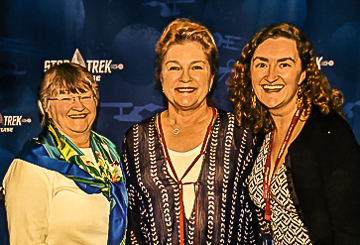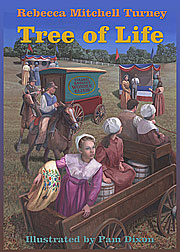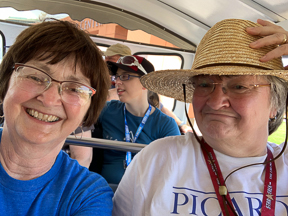OMG. - It's 2022 and the Covid-19 crisis is still raging.
I am so disappointed. I had hoped that 2021 would turn out to be much better than it was. I had so wanted the Covid crisis to be over. But, it isn't, and I can't even guess when it might be or what our lives will be like when it is. I just hope you and your family - as well as mine - remain healthy and safe.
Last year when I updated this page, I wondered if a future author would one day write a book about Kentucky girls who lived in 2020 and 2021 and had to cope with Covid's challenges. And, I admitted it probably wouldn't be me; I don't think I'd be emotionally up to writing such a book. I have, however, come up with another historic book possibility.
Have you heard about the 1918-1919 flu pandemic that occurred near the end of World War I? - It was a lot like Covid-19. It spread throughout the world and, according to the U.S. Centers for Disease Control, "About 500 million people or one-third of the world’s population became infected... The number of deaths was estimated to be at least 50 million worldwide with about 675,000 occurring in the United States." I first learned about it in history classes I took years ago when I was in school.
One thing I didn't know is that the worst hot spots for spreading that flu were Army and Navy bases. They were unusually crowded because of the war with soldiers and sailors from all parts of the country who would be trained and then sent wherever they were needed. This increased the chances that healthy ones would encounter someone who was contagious and increased the opportunity for those who were sick to infect others and spread the flu to new locations. One of the worst hot spots was Camp Taylor, an Army base near downtown Louisville, Kentucky. When the flu pandemic broke out in 1918, it was the largest Army training center in the U.S. and housed 47,500 soldiers.
The other thing I didn't know until just recently is that one of my husband's distant cousins (an old nun whom I met before we were married) served as a nurse at Camp Taylor during the flu pandemic. As a young nun, she had been teaching elementary school in Louisville when the pandemic closed all of the schools. So, she and other nuns from her convent, some of whom were trained nurses, volunteered to go to Camp Taylor and serve as nurses until the schools re-opened.
Now that's a story I might want to write. Admittedly, she was a little older than most of the Kentucky girls we write about, but not many years older. And, it is an inspiring story that gives me hope we'll make it through the Covid pandemic just as she made it through the flu pandemic.
Stay safe, and let's hope the end of the pandemic is finally drawing near.




